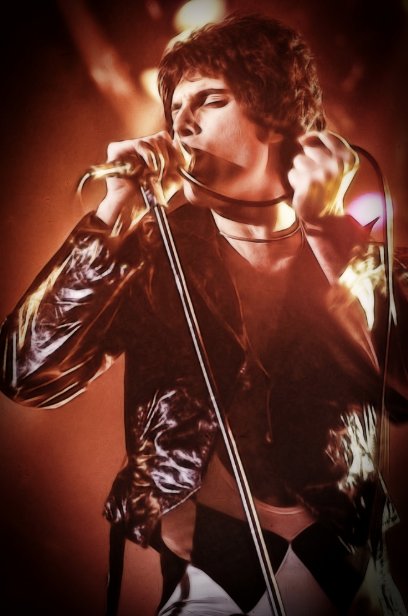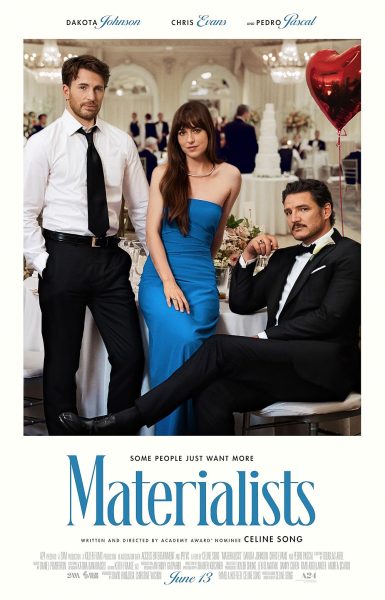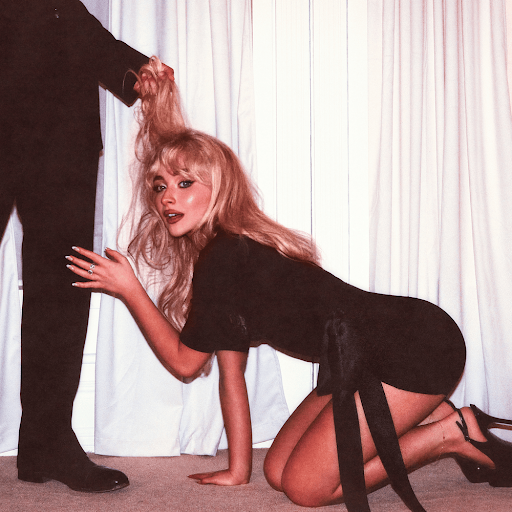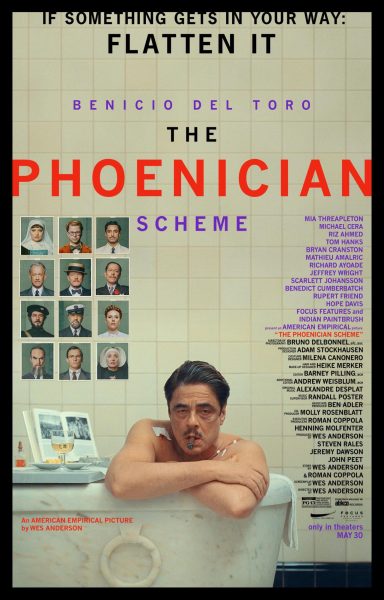“Bohemian Rhapsody” An Epic Performance That Fails to End on a Good Note
Photo provided by Google Images under Creative Commons License.
Freddie Mercury performing at a concert.
“Bohemian Rhapsody” the 20th Century Fox biopic of Freddie Mercury, was released on Nov. 2, 2018. It has grossed over $141 million worldwide and made $12.2 million at the box office.
The film stars Rami Malek, Lucy Boynton, Gwilym Lee, Ben Hardy, Joseph Mazzello, Aidan Gillen, and Tom Hollander. It was directed by Bryan Singer and produced by Graham King and former Queen manager Jim Beach.
Brian May and Roger Taylor, members of Queen, served as creative consultants for the movie.
“Bohemian Rhapsody” follows Mercury’s life between the years of 1970-1985. The film covers the creation of glam rock band Queen, the growth of their fame, Mercury’s brief solo career, and ends with the band’s Live Aid performance.
I enjoyed the movie because it was both entertaining and informative. The film included all of Queen’s biggest hits, including “Bohemian Rhapsody,” “We Are the Champions,” and “We Will Rock You.”
When looking at the film in terms of entertainment value, it 100 percent delivers.
As a biopic of Mercury’s life, however, the film has a few prominent flaws.
Critics have praised the accuracy of the Live Aid concert scene, with many videos showing a side-by-side comparison of Mercury and Malek performing. Malek’s performance is almost exactly the same as Mercury’s in 1985.
Another positive of “Bohemian Rhapsody” is how much the actors look like the people they’re playing. The clothing these characters wear is often spot-on in scenes.
The concert scenes are one of the best parts of the film because they showcase Mercury’s ability to capture and interact with enormous audiences. These scenes also demonstrate his theatricality and unique vocals. The scene where the band performed at Live Aid is so mesmerizing it gave me chills. Almost all of these scenes had viewers in the audience clapping and stomping their feet.
Still, the film has room for improvement. Critics and avid fans of Queen have pointed out many areas where the biopic isn’t exactly accurate. Some of these inaccuracies include how the band was formed, the band breaking up and the date Mercury learned he was HIV-positive. These changes were made in the film to make it more dramatic, but to the average viewer, these areas aren’t obvious or known.
Additionally, some areas in the film could have been better explained. One of these was the inspiration for the song “Bohemian Rhapsody.” The way it is portrayed in the film, it seems as though Mercury came up with the idea for the song by looking at a pasture. Other scenes in the film, such as Mercury’s changing his name and his solo career, could have also been explained better.
Another area that could be improved is the time span of the film. “Bohemian Rhapsody” ends right after Queen reunites and plays at the Live Aid concert in 1985, but Mercury does not pass away until 1991.
The film does complete Mercury’s life story, but it is done through captions with pictures at the end of the movie. I think the remaining years of Mercury’s life should have been shown more thoroughly in “Bohemian Rhapsody.” His influence would have been emphasized by mentioning the gala tribute to Freddie Mercury performed after his death and the creation of The Mercury Phoenix Trust, an AIDS awareness organization.
If you haven’t seen the movie yet, go check it out at the AMC in Allentown.







